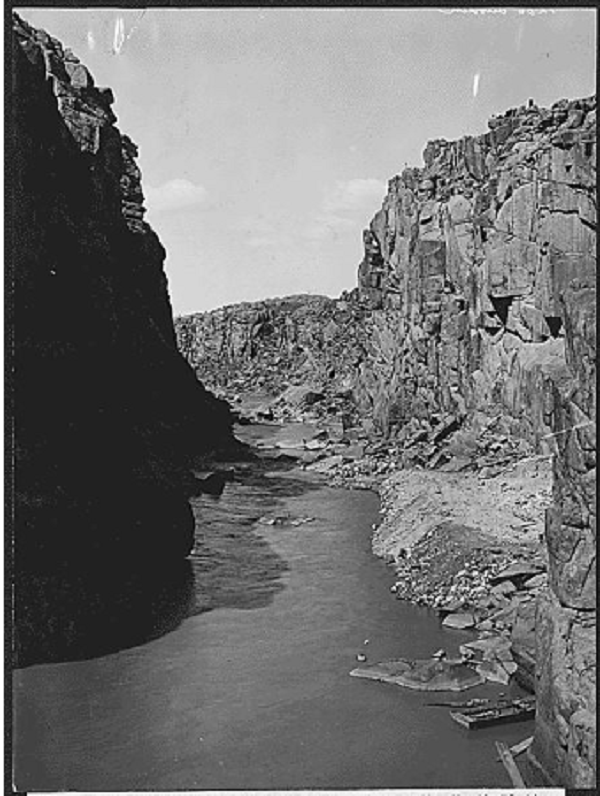On this day in 1919, the diarist for the 1919 Motor Transport Convoy reported that parched landscape of the Red Desert was exhibiting a "depressing influence on personnel".
And they had a fair amount of trouble including a breakdown that required an Indian motorcycle to be loaded into the Militor.
You'd see a lot of motorcycles on the same stretch of lonely highway today. The highway itself is unyielding busy but the desert is still a long stretch in Wyoming. People either love it or find it dispiriting even now.
Classic, retired, Union Pacific Depot in Rock Springs, Wyoming.
Union Pacific freight station, Rock Springs.
Oddly, Rock Springs hardly obtained mention in today's entry, even though it is now a larger city than nearby Green River, which is the county seat. But it is remarkable to note that the convoy was able to stop, grind a valve, and get back on the road, which is what they did, having the valve ground (or probably grinding it themselves, in Rock Springs.
The final destination that day was Green River, which they arrived in relatively late in the evening, in comparison with other days reported in the diary, after a 13.5 hour day.
Rawlins was the last substantial town that the convoy had passed through prior to this day, and its paper memorialized their stay in the and through the town with a series of photographs in the paper that was issued on this day.
The Casper paper mentioned another momentous event, the transfer of 14,000 acres from the Wind River Indian Reservation to be open for homesteading, a post World War One effort to find homesteads for returning soldiers.
That act was part of a series of similar ones that had chipped away at the size of the Reservation since its founding in the 1860s. While the Reservation remains large, it was once larger until events like this slowly reduced its overall extent.
14,000 acres is actually not that much acreage, but what this further indicates is an appreciation on the part of the government that the land around Riverton Wyoming was suitable for farming, as opposed to grazing. The various homestead acts remained fully in effect in 1919 and indeed 1919 was not surprisingly the peak year for homesteading in the United States, as well as the last year in American history in which farmers had economic parity with urban dwellers. But the land remaining in the West that was suitable for farming, as opposed to grazing, was now quite limited. Some of that land was opening up with irrigation projects, however.
None of this took into mind, really, what was just for the native residents of the Reservation and that lead to the protests in Chicago. Interestingly, those protests do not seem to have been undertaken by Arapaho and Shoshone tribal members, who indeed would have been a long way from home, but rather from Indians who were living in those areas, showing how the the efficient development of the spreading of news was impacting things.
Locally Judge Winters was stepping down as he felt that private practice would be more lucrative and he'd be better able to support his family Judge Winter was a legendary local judge and his son also entered the practice of law. While I may be mistaken, Judge Winter came back on the bench later, perhaps after his children were older. His son was a great University of Wyoming track and field athlete and graduated from the University of Wyoming's law school in the 1930s. Because of the Great Depression, he was unable to find work at first and therefore only took up practicing law after the Depression eased. He was still practicing, at nearly 100 years old, when I first was practicing law and he had an office in our building. He and his wife never had any children.











































.jpg)

















